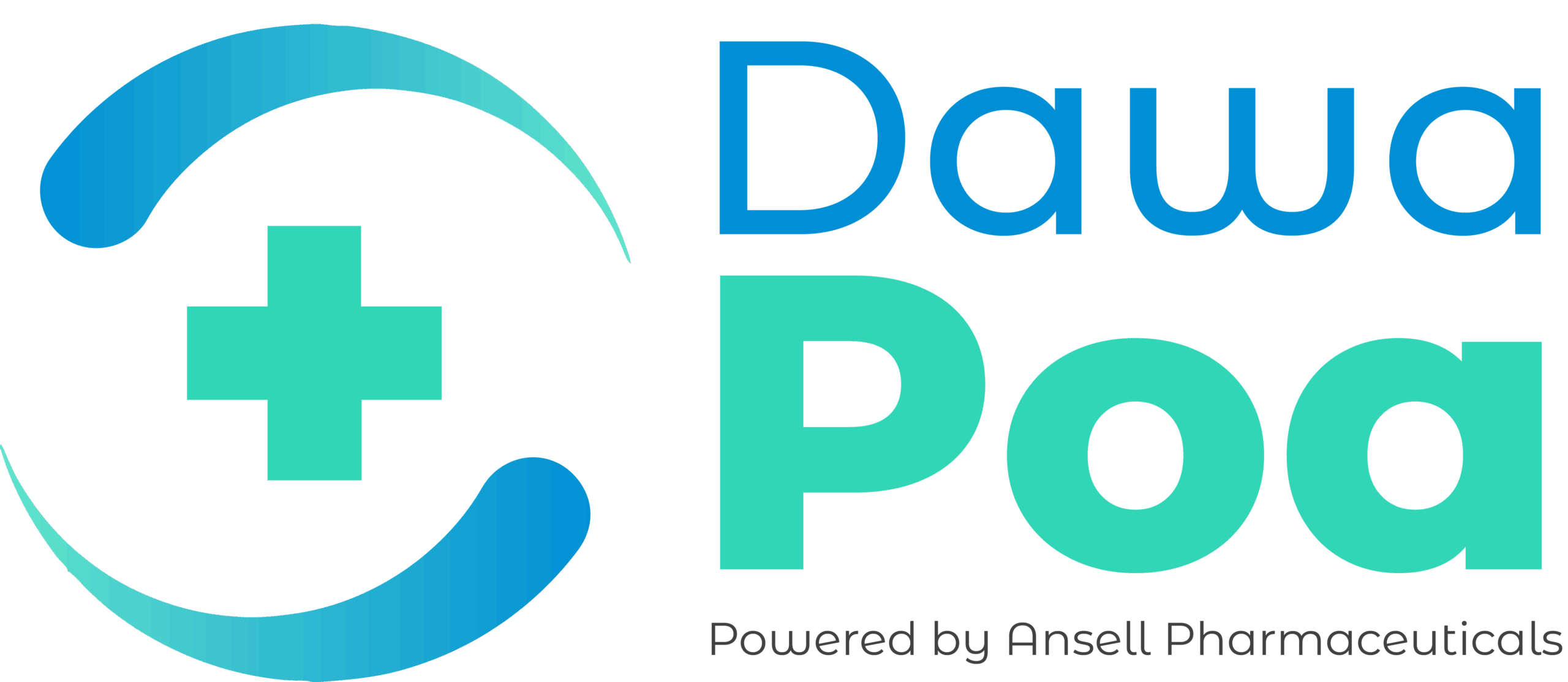10 Essential First Aid Items Every Urban Kenyan Household Should Have
October 2, 2025 2025-10-21 13:4310 Essential First Aid Items Every Urban Kenyan Household Should Have
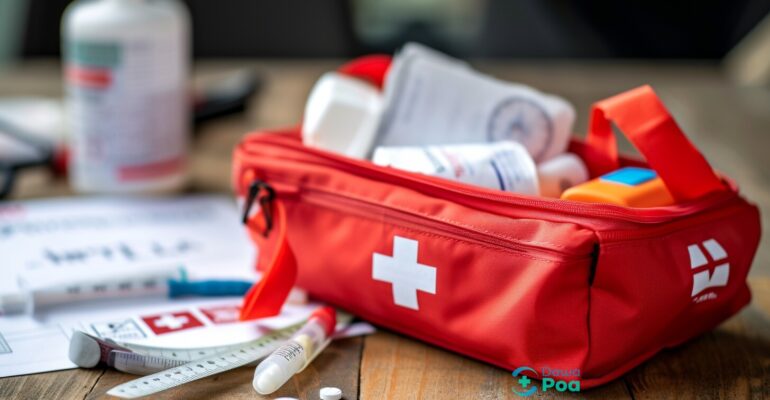
10 Essential First Aid Items Every Urban Kenyan Household Should Have
Let’s talk about that “first aid kit” sitting somewhere in your house right now. That random plastic box you stumbled upon six months ago behind the cooking oil in some cabinet in your kitchen.
Inside? Two expired Panadols, one crusty plaster and a random business card for a clinic that closed down.
That’s not going to cut it when your kid comes running in with a bleeding knee, or when you grab a hot sufuria like it insulted you.
Accidents don’t send a warning text. They just… happen.
That grazed knee on the playground, that kitchen burn while rushing dinner, that sudden splitting headache – they don’t care about your schedule.
They just… happen; usually on a Sunday evening when every chemist is closed.
So let’s fix this. A proper First Aid Kit isn’t a luxury for people with too much time and money.
It’s your household’s secret weapon, your peace-of-mind-in-a-box, your “I’ve got this” when small emergencies strike.
At Dawa Poa, we’ve put together the 10 absolute essentials every Kenyan home needs. 10 items that actually matter and can handle 90% of everyday emergencies.
Note: Brands May Vary – All Images For Illustrative Purpose
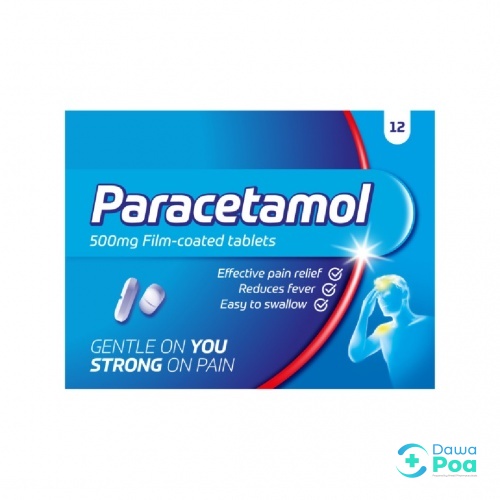
Paracetamol: Your Household MVP
The job: Tackles headaches, body aches, and fevers.
If first aid items had a popularity contest, Paracetamol would win hands down.
This is your go-to for pretty much any pain or fever. Kid burning up with fever at 2 AM? Paracetamol. That stress headache from the pesky spouse? Paracetamol. Body aches that make you feel like you wrestled a gorilla? You guessed it.
The beautiful thing? It’s safe for both adults and kids, it’s non-drowsy and works fast. Keep both tablets for adults and the syrup (suspension) for the little ones.
Pro tip: Grab some Ibuprofen too for when there’s swelling involved – like that ankle you twisted twerking because you thought, “I still got it.”
How to use: Follow the instructions on the pack. Kids need smaller doses.
Remember: Keep all medicines where tiny hands can’t reach.
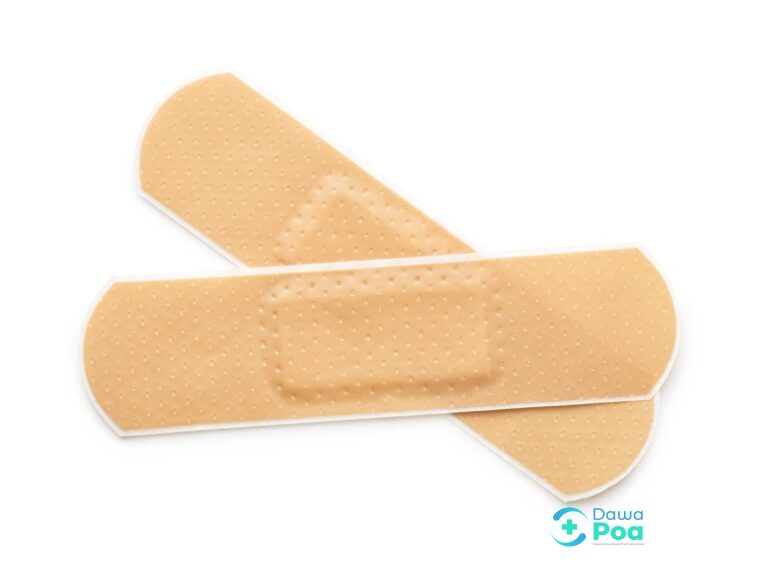
Adhesive Bandages (Plasters): Small but Mighty
The job: Covering small cuts, scrapes, and blisters
These little strips are basically barriers between your wound and the outside world.
They keep dirt, germs, and your nosy neighbour’s questions away from that cut while it heals.
Stock up on different sizes – you never know if you’re dealing with a tiny paper cut or a gash. Get some waterproof ones too, because life doesn’t stop for injuries.
How to use: Clean the cut first (we’ll get to that), then stick the plaster on. Change it daily or whenever it starts looking sus. That’s it. Simple, effective, and it makes kids feel instantly 50% better because bandages are basically healing magic to them.
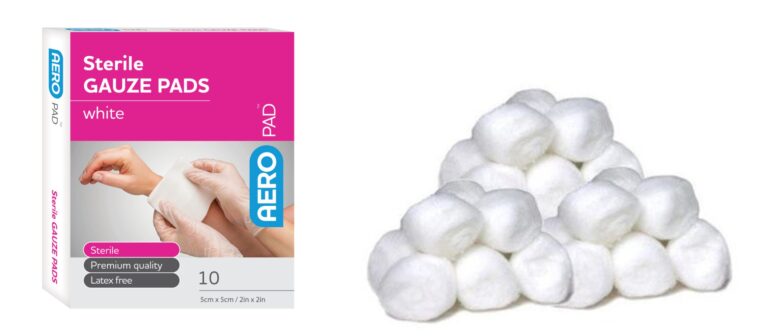
Sterile Gauze Pads & Cotton Wool: The Dynamic Duo
The job: Cleaning wounds and stopping bleeding.
Think of gauze as your wound’s best friend when things get a bit messy.
It’s what you press on bleeding cuts to convince them to chill out.
Cotton wool is your gentle assistant for dabbing antiseptic and cleaning around injuries without being too aggressive.
How to use: Got a bleeding cut? Stick gauze on it and press firmly. It’s not complicated, but it works. Use cotton with an antiseptic to clean the area around wounds.
Important addition: Keep some medical tape (like Micropore or Transpore) to hold that gauze in place. Nobody has time to stand there applying pressure while the rice burns on the stove.
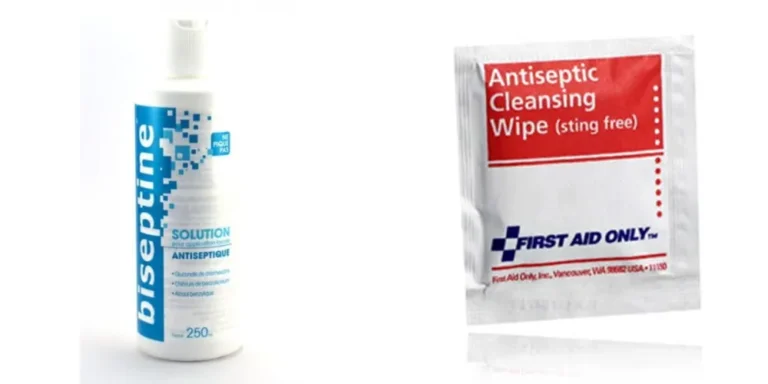
Antiseptic Solution or Wipes: Germ Killer Extraordinaire
The job: Neutralises germs on contact.
Dettol, Savlon, Betadine, Chlorhexidine, or those handy antiseptic wipes – pick your fighter.
These are what stand between a simple cut and “Why is my finger now the size of a Smokie?”
How to use: Before you bandage anything, clean it with an antiseptic.
Dab it on with cotton or use a wipe.
This is non-negotiable – unless you enjoy the putrescence of festering wounds.
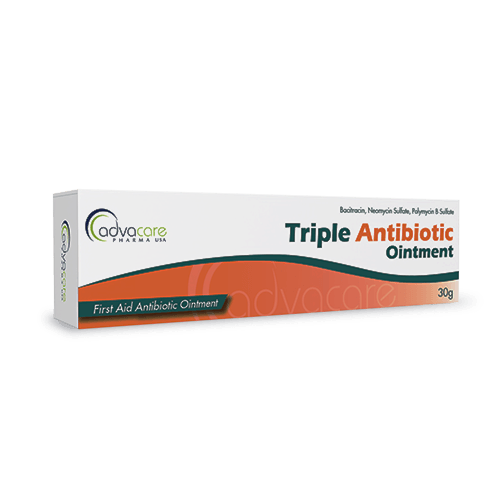
Antibiotic Ointment: Your Infection Prevention Squad
The job: Keeping minor cuts and burns from throwing bacterial parties.
After you’ve cleaned a wound, this ointment is your finishing touch.
It creates a protective barrier and shows bacteria the door before they can settle in and cause trouble.
How to use: Clean the cut, apply a thin layer of ointment, then cover with a bandage. Easy.
Real talk: This is for small, surface wounds only.
If you’ve got something deep or serious happening, skip the DIY and head straight to the clinic. Know your limits.
Antihistamines: Allergy Fighters
The job: Stopping itching, swelling, and allergic reactions in their tracks
Keep both tablets (like Cetirizine) and a cream or calamine lotion. Because sometimes allergies are an inside job, and sometimes they’re, obviously, that mosquito bite you can’t stop scratching like your life depends on it.
How to use: Pop a tablet for widespread reactions, hives, or when a bee decides you were the chosen one. Use cream for localised itching and redness.
Warning: Some antihistamines will have you sleeping like a sloth, so read the label before you take..
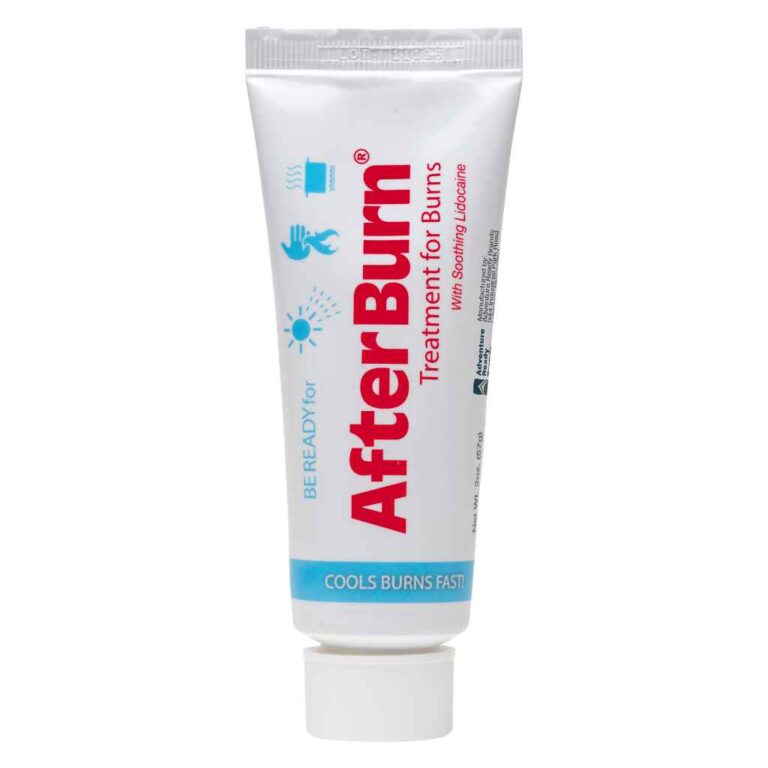
Burn Cream or Aloe Vera Gel: Cool Relief
The job: Soothing minor burns.
For those kitchen burn moments (hot oil splatter, touching the sufuria lid like you’ve forgotten physics), sunburns, or jiko mishaps.
How to use: Run the burn under cool water first – this is crucial. Then apply your burn gel or aloe vera for that sweet, cooling relief.
Critical note: This is for SMALL burns only.
Big or deep burns? Cover loosely and get to a hospital immediately! Don’t play around with serious burns.
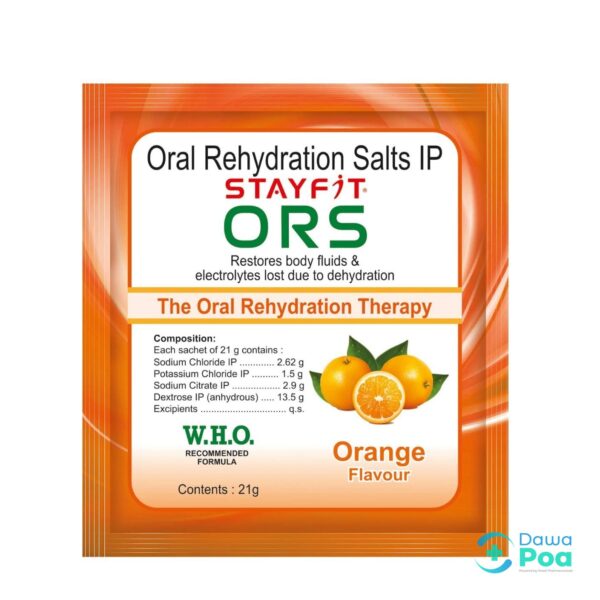
Oral Rehydration Salts (ORS): Lifesaver in a Packet
The job: Fighting dehydration from diarrhoea or vomiting.
In our warm climate, stomach bugs can turn dangerous fast, especially for kids and the elderly.
Plain water isn’t enough when you’re losing electrolytes faster than your phone loses its charge.
How to use: Mix ORS powder with clean water following the instructions.
These sachets are cheap, easy to store, and honestly lifesaving when you’re forced to practice basic jet propulsion.
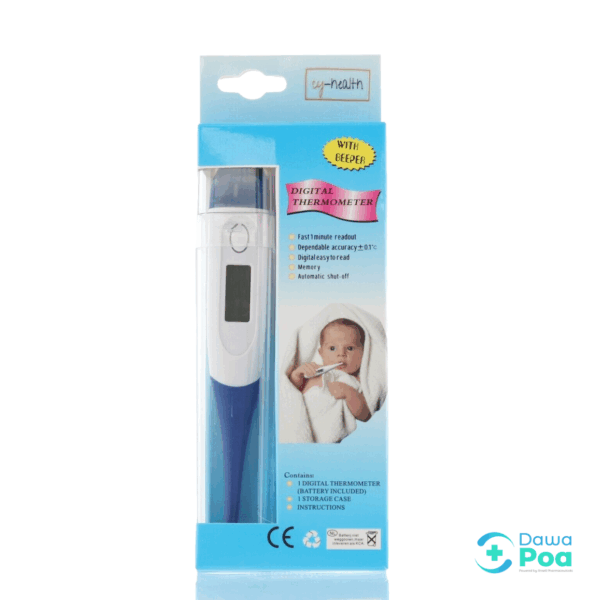
Digital Thermometer: The Truth Teller
The job: Confirming if that fever is real or just vibes.
“I think I have a fever” is way less helpful than “I have a fever of 39 °C.”
A basic digital thermometer takes the guesswork out and helps you decide if this is a “rest and fluids” situation or a “we need to see a doctor” situation.
How to use: Under the tongue or in the armpit for a reading.
Keep spare batteries because, of course, they’ll die at the worst possible time.
Scissors and Tweezers: The Tool Kit
The job: Handling wounds like a pro.
Blunt-tip scissors for cutting bandages, tape, or clothing away from injuries.
Fine-point tweezers for removing splinters and thorns.
Add a pair of disposable gloves to protect yourself when dealing with blood.
How to use: Cut what needs cutting, remove what needs removing. Clean the tips with alcohol before and after use because hygiene matters.
The Bottom Line: Be Prepared.
Your First Aid Kit is basically your home’s insurance policy against minor emergencies.
It bridges the gap before medical help arrives – or eliminates the need for medical help when you’re dealing with everyday injuries.
Here’s how to actually make this work:
Location: Keep your kit somewhere visible and central, like a kitchen or living room cabinet.
Every adult in the house should know exactly where it is. Out of reach of tiny humans, but easy for everyone else to grab in a hurry.
The quarterly check-in:
Every few months, actually look at your kit. Toss expired meds and replace anything you’ve used. Even if it’s just one plaster, replace it immediately.
The emergency contact list:
Stick important numbers near your kit – nearest hospital, ambulance (999), your family doctor, poison helpline.
When panic hits, you don’t want to be scrolling through your phone trying to remember who to call.
Know when to tap out:
These items handle minor stuff beautifully.
But serious bleeding, major burns, difficulty breathing, or anything that makes you go “Oh no” in your spirit? Get medical help immediately!
Your first aid kit is smart, but it’s not a miracle worker.
The easy way:
You can order all these essentials online at DawaPoa.co.ke. and get them delivered affordably across Kenya. No stress, no hunting through multiple chemists, just everything you need in one place.
Building a proper home first aid kit today is a small step that brings massive peace of mind.
Because when accidents happen (and they will), you’ll be ready. Not stressed, not scrambling, not hoping there’s something useful in that dusty box.
Just ready. Stay safe. Stay prepared.
Search
Categories
Recent Posts
- Part 4: For Young Adults (19-35 Years): The Hustle Years
- Part 3: The Ultimate Age-by-Age Vitamin Guide – Teenagers
- Part 2: The Ultimate Age-by-Age Vitamin Guide – From 0 to 12 Years.
- Part 1: Your Complete Guide to Choosing the Right Vitamins & Supplements in Kenya
- 10 Essential First Aid Items Every Urban Kenyan Household Should Have

